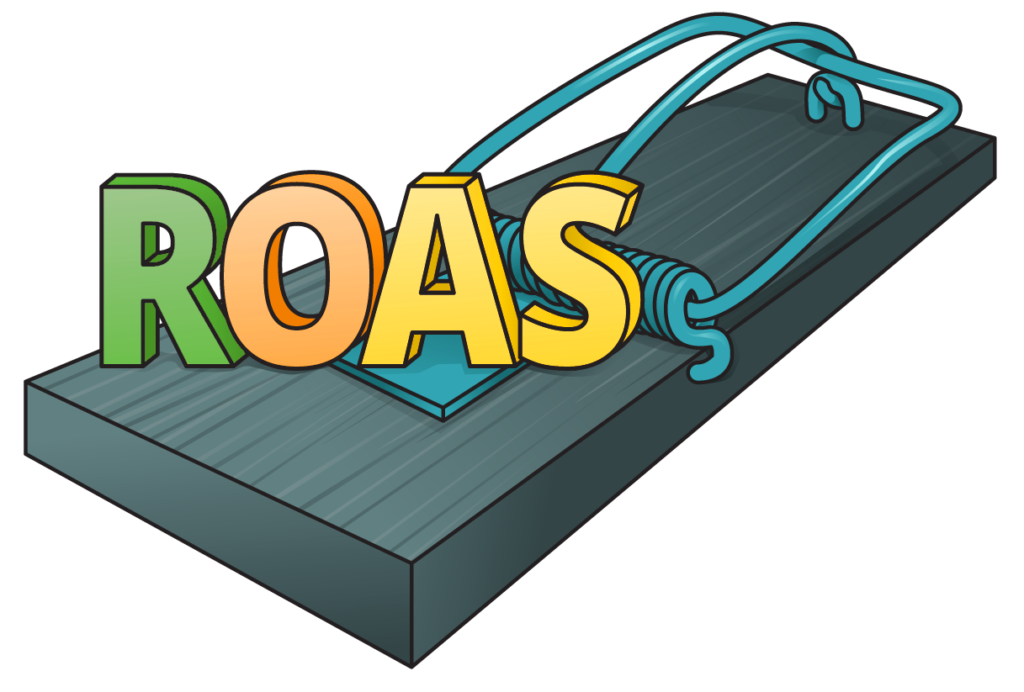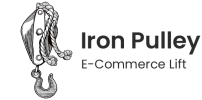
Return on Ad Spend (ROAS) metrics can often be a clear signal of performance. It’s often been said that you can’t tell if advertising is cheap or expensive until you know the return. Take these two placements as examples:
Placement A has a cost per thousand impressions (CPM) of $2
Placement B has a CPM of $12
You might be tempted to say that placement A is cheaper, but if we look at the ROAS of $1,000 spent for each placement.
Placement A revenue = $1,500
Placement B revenue = $10,500
The ROAS (Revenue ÷ Spend) or revenue returned for every dollar spent for A is $1.5 and for B is $10.5
A ROAS calculation makes it clear that Placement A, even though it would have a lot more impressions for a given spend, is the lower value of the two. ROAS is a more dependable way to judge performance than the simple cost per impression.
Smart companies know that ROAS is a quick and meaningful metric, but vendors can use ROAS to hide their profit margin on media. Where ROAS becomes a trap is if the true costs for media are hidden. The best example of this is the way major remarketing companies sell.
“What is your ROAS goal?”
Every remarketing sales rep ever
“I’d like a ROAS of 4 you say.” It’s perfectly reasonable in some situations to be looking for $4 dollars in revenue for every dollar of spend. Especially when buying remarketing impressions.
Where ROAS becomes a trap in this situation is when the remarketing company hides the true cost of the placements. If you take a look at the public financials of the larger remarketing companies you’ll see that roughly half of their revenue goes to media cost. That means that there is a huge variable markup on media. More markup than virtually any other ad channel.
A company can sell you a plan that guarantees you a 4 ROAS because they can limit the targeting to reach only audiences that would have given you an 8+ ROAS. Since the true costs are hidden, that company can simply mark up their media price to turn an 8 ROAS into the goal 4 ROAS.
An example of this would be to only target an audience of cart abandoners within the last days. That audience would have shown the highest intent and highest recency and might yield a ROAS of 10. It’s the most profitable audience in almost every situation, and the least incremental. The fact of remarketing is the higher the propensity to buy, the lower the incrementality. A good percentage of these people would have bought without the additional ad impressions.
High intent / high recency audiences will have the highest ROAS. More incremental audiences will have lower ROAS, but that’s where the true work of advertising is done.
Don’t fall into the trap into buying remarketing just on ROAS, or your profits could turn into sales team commissions for your vendor.
